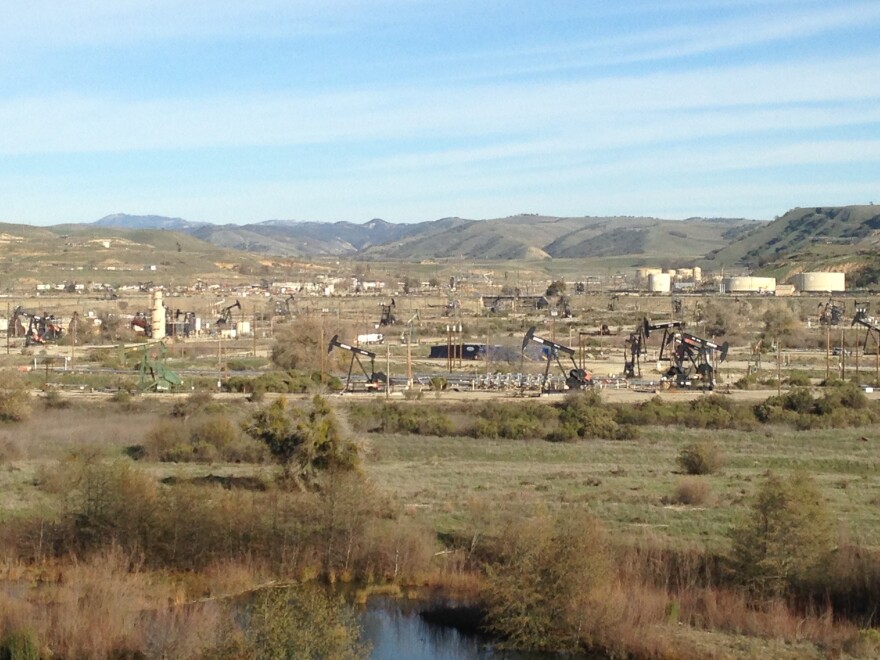Oil companies in California produce more water than oil. That has created a problem: what to do with all of that unwanted water? In most cases that wastewater is injected back into the ground, deep below the aquifer. But in some cases, injections may have contaminated federally protected aquifers that could be clean enough for drinking water.
Recently, the Center for Biological Diversity sued to stop a Colorado-based oil company from injecting wastewater into the Arroyo Grande aquifer in San Luis Obispo County's Price Canyon. The judge assigned to the case denied the Center's petition, but the grassroots group Protect SLO Water vows they will continue to fight against what they call a "gift to Big Oil in a groundwater giveaway." Protect SLO Water spokesperson Natalie Risner said the next stage is the San Luis Obispo County Board of Supervisors, who will weigh the environmental impacts of the oil company's quest to expand the Price Canyon oil field.
Injections of oil production wastewater into underground aquifers isn't only an issue in San Luis Obispo County - it's all over. The problem has been in the news for several years, but as KQED's Lauren Sommer reports, we still know surprisingly little about its scope. She recently joined KVPR's Valley Editionhost Joe Moore to talk about her report and what it means for local residents, farmers and oil producers.




